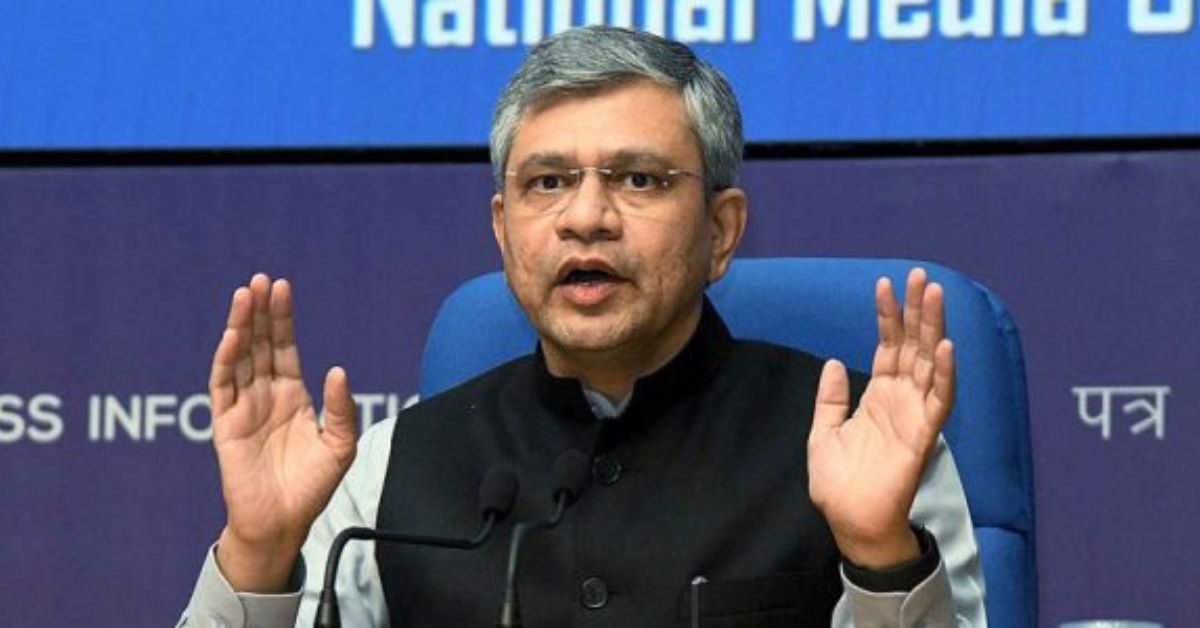In a major push to modernise cement transportation, Railway Minister Ashwini Vaishnaw has launched a new logistics policy that standardises freight rates and promotes bulk movement through specialised tank containers. The Ministry expects the revamped framework to reduce logistics costs, improve operational efficiency and ultimately benefit both manufacturers and consumers.
Under the new regime, the freight rate for bulk cement has been fixed at 90 paise per tonne per kilometre, replacing the earlier multi-slab structure based on weight and distance. Officials say the simplified tariff will make cement movement more transparent, predictable and industry-friendly.
Unveiling the policy, Vaishnaw highlighted the environmental and economic advantages of shifting away from bagged cement. “This innovation supports cleaner, more sustainable transportation at significantly reduced costs, as cement bags will no longer be required,” he said.
Central to the reform is the introduction of tank containers—a new wagon class engineered specifically for bulk cement. These containers enable smooth multimodal transit, allowing cargo to move seamlessly through train–trailer–train combinations.
Railway officials said the new container-based model will help strengthen long-distance connectivity and reduce bottlenecks. To support wider adoption, Indian Railways plans to assist in developing bulk cement terminals across the country, particularly near major consumption centres.
Manufacturers note that bagged cement movement adds significantly to logistics expenses due to loading, unloading, storage and last-mile handling. One industry representative said the bulk policy will remove many of these secondary costs and added that terminal planning will be undertaken jointly with the Railways.
By reducing manual handling, cutting packaging waste and enabling faster deliveries, the new policy is expected to strengthen the cement supply chain. As India’s construction and infrastructure sectors expand rapidly, the bulk logistics model could become a key enabler of more cost-efficient development.









